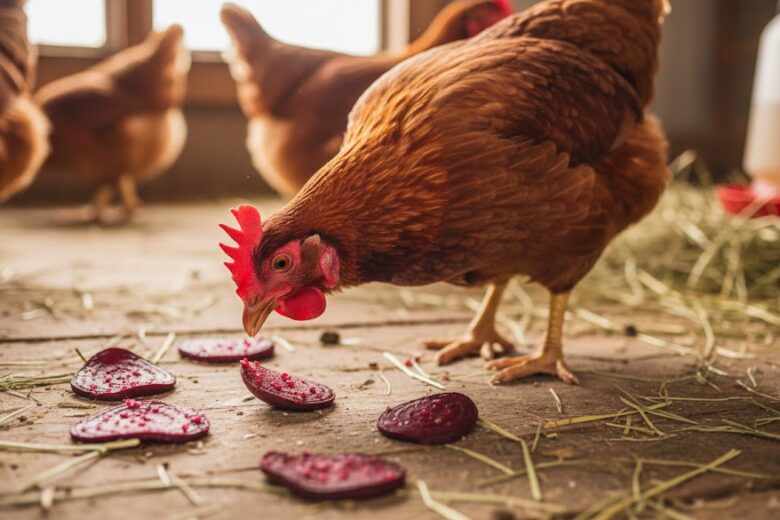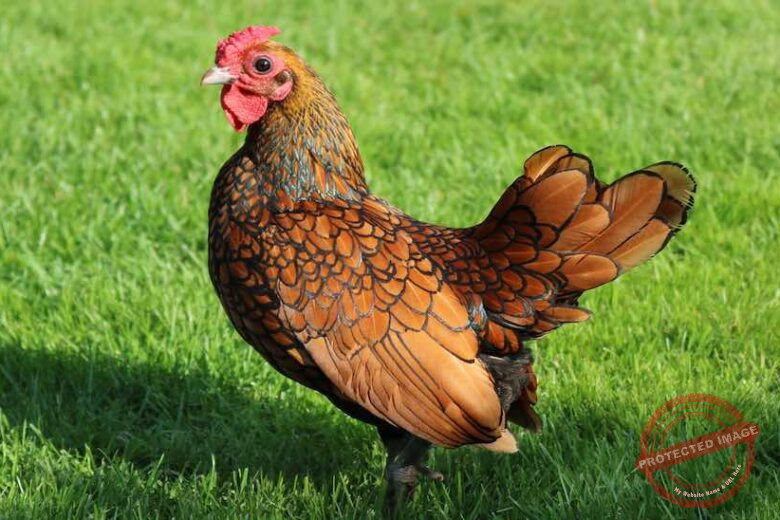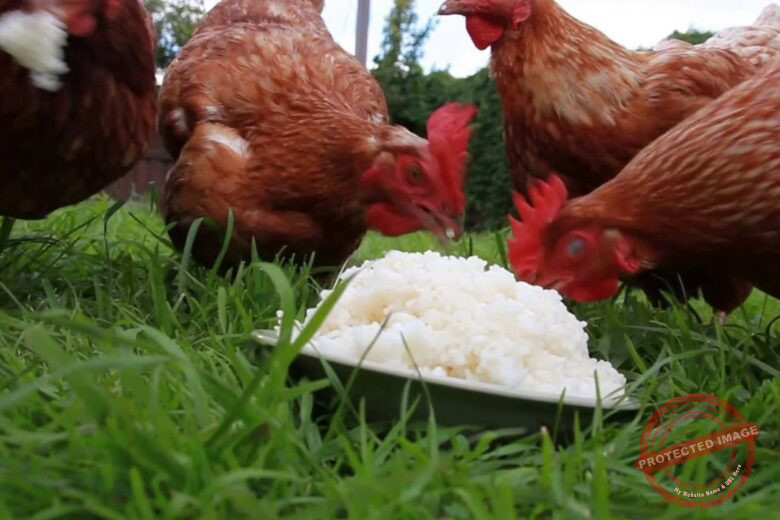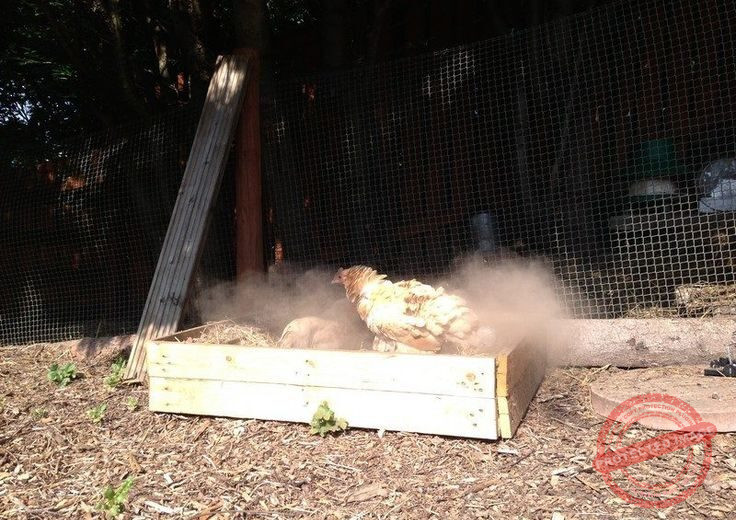There’s something almost magical about Silkie chickens. They’re fluffy, gentle, and full of personality, like the teddy bears of the poultry world. The first time you see one, it’s hard not to smile—they look more like tiny feathered poodles than chickens. But don’t let their soft, powder-puff feathers fool you. Silkies are one of the most resilient, nurturing, and people-friendly breeds you can raise on a farm or even in a small backyard.
I still remember the first Silkie I ever owned. Her name was Clover. She strutted around the coop with her fuzzy little head puffed out, acting like she owned the place. She wasn’t much of an egg layer, but she made up for it in affection. Whenever I knelt to refill the feeder, she’d waddle over and settle right beside me. There’s something special about birds like that—they remind you that farming isn’t just about production, it’s about connection.
Silkies have been winning over hearts for centuries. They’re gentle enough for children, small enough for urban farms, and beautiful enough to turn any coop into a showcase. Whether you’re thinking about buying your first Silkie or already have a few wandering your garden, this guide covers everything you need to know about raising, caring for, and appreciating this unique breed. Let’s dive into what makes the best Silkies so unforgettable.
A Little History Behind the Silkie Chicken
The Silkie’s story goes way back—over a thousand years, in fact. Originally from Asia, they’re believed to have come from China, though some say Japan or India. Marco Polo even mentioned them in his writings, describing “a chicken with fur instead of feathers.” And that’s not far from the truth. Their feathers lack the tiny hooks that keep other chickens’ feathers smooth, giving them their signature fluffy look.
Over time, Silkies spread across the world, prized for their calm nature and unusual appearance. Today, they’re one of the most popular ornamental breeds and beloved additions to both small farms and city backyards.
What Makes a Silkie So Unique?
You don’t need to be an expert to spot a Silkie. Everything about them is distinctive—from their feathered legs to their dark blue-black skin and bones. Yes, even their meat is black! That might sound odd, but in some Asian cultures, Silkie meat is considered a delicacy and believed to have medicinal benefits.
They also have turquoise earlobes, five toes instead of the usual four, and soft, silky plumage that feels like angora wool. It’s no wonder people say they’re the most touchable chickens you’ll ever own.
The Personality that Wins Every Heart
If you’re looking for a sweet, calm, and people-friendly chicken, Silkies are it. They’re gentle to the core—more pet than poultry in many ways. Unlike more flighty breeds, they’re content being handled, making them perfect for children or beginner keepers.
They’re also deeply social. Silkies love company, whether it’s their flockmates or their humans. You’ll often find them huddled together in a cozy pile at night or following you around the yard like a group of fuzzy ducklings.
I once had a Silkie rooster who’d climb into my lap whenever I sat down with a cup of tea. He didn’t crow much, just wanted to sit there and be part of the moment. That’s the kind of bond you can have with these birds—they’re little souls with big hearts.
Egg Production and Broodiness
Let’s be honest—Silkies aren’t going to fill your egg basket. A good hen might lay 100 to 120 small, cream-colored eggs per year. But what they lack in egg numbers, they make up for in mothering ability.
Silkies are broody machines. Once a Silkie decides it’s time to sit on eggs, there’s no convincing her otherwise. She’ll fluff up, settle into a nest, and defend it like a little lioness. Many farmers use Silkies to hatch eggs from other breeds or even duck eggs, because they’re such reliable mothers.
If you’ve ever wanted to experience the joy of watching a hen raise chicks from scratch, a Silkie is your best bet.
Raising Silkies: What You Need to Know
Silkies might look fancy, but caring for them is pretty simple. They do, however, need a little extra attention when it comes to cleanliness and protection.
Coop and Space Needs:
Silkies aren’t strong fliers, so they don’t need tall perches or big fences. About 3 to 4 square feet per bird inside the coop is plenty. Just make sure the coop is dry and draft-free—those fluffy feathers aren’t waterproof, so they can get chilled easily in wet weather.
Outdoor Access:
They love to forage, scratch, and explore, but since they can’t see well through their crests, it’s best to keep them in a protected run. A covered area keeps them safe from rain and predators.
Bedding and Cleanliness:
Because their feathers attract dirt easily, clean bedding is essential. I use pine shavings and change them regularly to keep things dry and odor-free.
Feeding Your Silkies
A balanced layer feed is the foundation of a healthy diet for adult Silkies. Since they’re smaller birds, they don’t eat a ton, but they do appreciate variety. Scatter some grains or scratch feed in the run for entertainment.
They also love greens—lettuce, kale, dandelion leaves, or even bits of garden produce. Always keep clean water available, and if your Silkies have large crests, make sure their water dish isn’t too deep (you don’t want those feathers getting soaked).
If you’re raising chicks, start with chick starter feed and introduce grit once they begin pecking at treats or grass.
How to Keep Silkies Healthy
The best Silkies are the ones that get a little extra care. Their fluffy feathers, while adorable, can make them prone to a few issues. Watch for mites or lice hiding in their thick plumage. A dust bath area filled with dry soil or sand will help them keep pests at bay naturally.
Their vision can also be limited by their head feathers, so trimming around their eyes helps them see better and move confidently. During wet seasons, make sure they stay dry, as dampness can lead to respiratory problems.
Winter and Summer Care Tips
Winter:
Silkies handle cold better than you might expect, but moisture is their enemy. Keep the coop dry and insulated, with thick bedding and plenty of ventilation. I like to add a low roost or platform so they can snuggle together at night.
Summer:
They’re prone to overheating if their feathers get too thick. Provide shade, cool water, and proper airflow. You can even place frozen water bottles in their coop during heatwaves to help them stay comfortable.
Breeding Silkies and Raising Chicks
If you’ve ever wanted to try hatching your own chicks, Silkies are your dream breed. Their broodiness and nurturing nature make them ideal natural incubators. Once a Silkie hen commits to sitting, she’ll keep those eggs warm and cared for like clockwork.
Once the chicks hatch, she’ll guide them, protect them, and teach them how to eat. There’s nothing quite like watching that tiny puffball mother leading her even tinier puffball babies across the yard—it’s one of the sweetest sights on the farm.
Common Varieties of Silkies
Silkies come in several color varieties, each with its own charm. The most common are white, black, blue, buff, partridge, and gray. There are also bearded and non-bearded types, with the bearded Silkies having extra fluff around the face and neck.
If you’re buying Silkies for show or breeding, you might want to research which colors are recognized by poultry associations in your area. But if you’re just after companionship or a backyard beauty, any color will win your heart.
Real-Life Farm Moment
A few years back, one of my Silkies named Maple decided to adopt a clutch of duck eggs that another hen had abandoned. I thought she’d give up after a few days, but she stayed dedicated for weeks. When those ducklings finally hatched, Maple didn’t hesitate—she raised them as her own, leading them to food and clucking softly to call them in at night. Watching that little fluffball mother care for a brood twice her size reminded me just how nurturing these birds truly are.
Common Questions About Silkies
1. Are Silkies good for beginners?
Yes, they’re perfect for beginners. They’re friendly, low-maintenance, and small enough for limited space.
2. Do Silkies lay eggs year-round?
They lay most during spring and summer but slow down in winter. Don’t expect huge production—Silkies are more for companionship than egg yield.
3. Can Silkies live with other chickens?
Yes, but avoid mixing them with aggressive breeds. Their gentle nature and limited vision can make them targets for bullying.
4. Do they need special grooming?
Not really, but a quick trim around the eyes helps them see better. During wet weather, make sure they stay dry to prevent illness.
5. How long do Silkies live?
With good care, Silkies can live 7–9 years, sometimes longer. Their health largely depends on diet, shelter, and regular checks for parasites.
How to Choose the Best Silkies
When looking for the best Silkies, buy from a reputable breeder who keeps clean, healthy birds. Check for bright eyes, clean feathers, and alert behavior. Avoid any birds with drooping wings or dirty vents—they could be sick.
If you’re planning to show your birds, pay attention to feather quality, color, and symmetry. For backyard enjoyment, personality and temperament matter most. Pick the ones that come up to greet you—they’re usually the friendliest and easiest to bond with.
Bringing It All Together
Raising Silkie chickens isn’t about how many eggs you’ll get or how much profit they’ll bring. It’s about the simple joy of caring for a creature that gives more in spirit than it ever could in production. They remind us to slow down, to laugh at small moments, and to appreciate gentleness in a world that often forgets it.
Whether you raise them for show, breeding, or simply to enjoy their company, Silkies have a way of turning any yard into a happier place.
So, are you ready to welcome a few fluffy Silkies into your flock—or have they already found a cozy spot in your heart?



